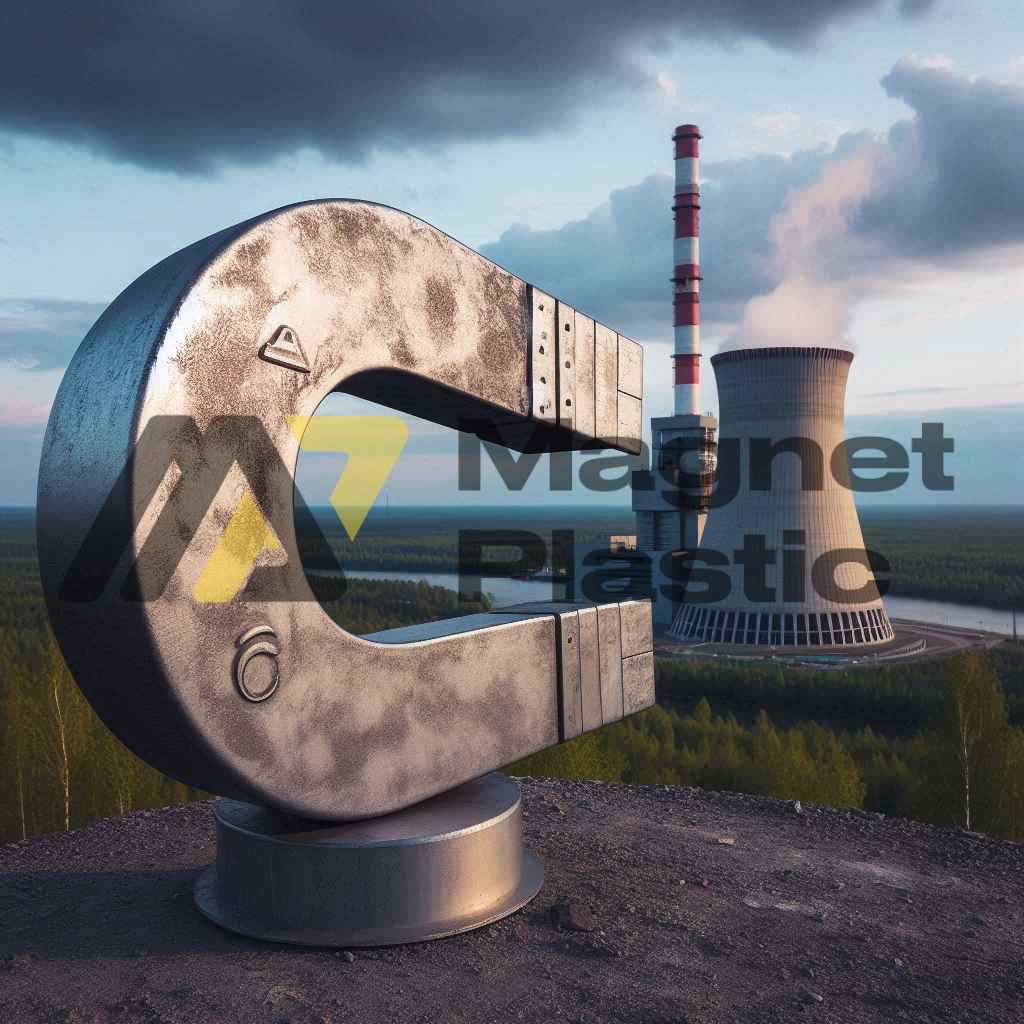Magnetic Fields in Nuclear Fusion
Nuclear fusion, the process that powers the sun and stars, holds one of the greatest promises of clean, sustainable energy for humanity. This process involves the joining of light nuclei, such as hydrogen, to form a heavier nucleus, releasing enormous amounts of energy. However, replicating this reaction on Earth presents significant challenges, with control of extreme conditions being one of the most important. This is where magnetic fields play a crucial role.
The challenge of containing plasma
For nuclear fusion to occur, hydrogen nuclei must overcome the electrical repulsion between them and collide at extremely high speeds. This requires temperatures of millions of degrees Celsius, creating a state of matter known as plasma. This plasma, made up of charged particles, cannot be contained by solid materials, as the temperatures would destroy any physical container.
Magnetic fields are used as an effective solution to confine plasma. Because charged particles move in paths controlled by magnetic fields, it is possible to keep plasma in suspension within a reactor without direct contact with the walls of the container.
Magnetic Confinement Technologies
There are several approaches to magnetic confinement, with the tokamak and stellarator being the most prominent designs:
Tokamak: This device uses a toroidal (doughnut-shaped) magnetic field to confine the plasma. The field is generated by external magnetic coils and electric currents within the plasma itself. Tokamaks are the most advanced and widely researched fusion reactors, with projects such as ITER (International Thermonuclear Experimental Reactor) leading the way.
Stellarator: Unlike the tokamak, the stellarator uses a more complex design of magnetic coils to confine the plasma without the need for internal currents. Although technically more challenging to build, the stellarator offers the advantage of more stable confinement.
Superconductors and strong magnetic fields
To generate the necessary magnetic fields, fusion reactors use coils made of superconducting materials. These materials can carry extremely high electric currents without resistance, allowing the creation of strong, sustained magnetic fields with reduced energy consumption. Advances in high-temperature superconductors have been instrumental in improving the viability of fusion reactors.
Towards a sustainable energy future
The use of magnetic fields in nuclear fusion is not only a feat of engineering, but also a step towards a virtually unlimited and clean source of energy. Unlike nuclear fission, fusion produces no long-lived radioactive waste or risk of catastrophic accidents. In addition, the fuels used, such as deuterium and tritium, are abundant and accessible.
Although there are still challenges to overcome, such as achieving a positive energy balance, advances in plasma control using magnetic fields bring us ever closer to an energy revolution. Nuclear fusion, powered by the power of magnetism, could be the key to meeting future energy needs safely and sustainably.
